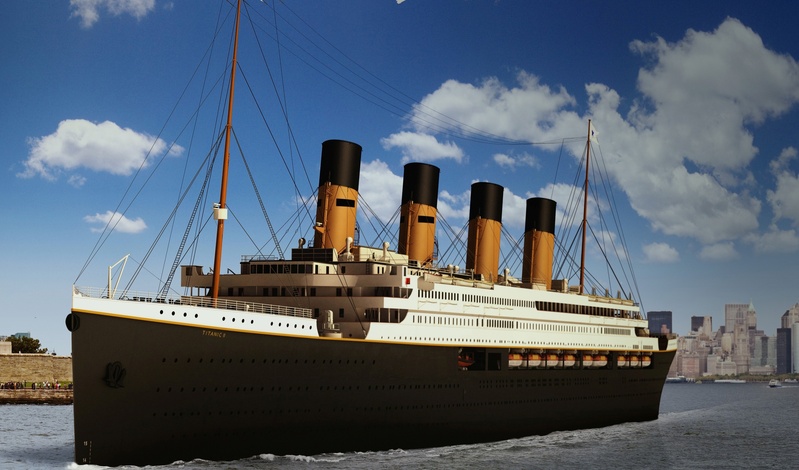The field of User Experience (UX) design plays a critical role in creating intuitive and engaging digital experiences. Just as the Titanic’s design had a profound impact on its fate, the relationship between UX and the infamous shipwreck holds valuable insights for modern designers. In this article, we explore the parallels between UX principles and the Titanic, drawing lessons that can enhance user satisfaction and prevent disasters in the digital realm.
The Importance of User-Centered Design
The Titanic’s tragic end was partly attributed to a lack of consideration for the needs and expectations of its passengers. Similarly, neglecting user-centered design principles can sink digital projects. This section discusses how a deep understanding of user behavior and preferences can help designers create seamless and delightful experiences.
Clear Navigation
Avoiding UX Icebergs: The Titanic’s crew misjudged the visibility of icebergs, leading to a catastrophic collision. Similarly, unclear navigation in digital interfaces can frustrate users and hinder their journey. This section emphasizes the significance of intuitive navigation structures, logical information hierarchy, and easily accessible menus to guide users smoothly.
Responsive Design
Adapting to Changing Waters: The Titanic’s design was not equipped to handle the impact of the iceberg. In today’s digital landscape, where users access content across various devices, responsive design is vital. This section explores the importance of adapting user interfaces to different screen sizes, ensuring a consistent and enjoyable experience across platforms.
Accessibility
Ensuring All Passengers Are Served: The Titanic’s lifeboats lacked adequate capacity to accommodate all passengers, resulting in tragic losses. Similarly, excluding users with disabilities from digital experiences is an accessibility disaster. This section highlights the significance of designing inclusive interfaces that cater to individuals with varying abilities, enabling equal access for all.
Aesthetics and Emotional Design
The Titanic was renowned for its luxurious aesthetics, which contributed to its allure. Similarly, incorporating emotional design elements in digital experiences can captivate users and establish a lasting connection. This section delves into the role of visual appeal, typography, color schemes, and micro-interactions in fostering positive emotional responses from users.
Conclusion
By examining the ill-fated story of the Titanic through the lens of UX design, this article reveals valuable insights and lessons. Just as the Titanic’s fate was sealed by various design and navigation flaws, neglecting UX principles can lead to digital disasters. By prioritizing user-centered design, intuitive navigation, responsive and accessible interfaces, and appealing aesthetics, designers can steer their projects away from UX icebergs and towards successful and satisfying experiences.





